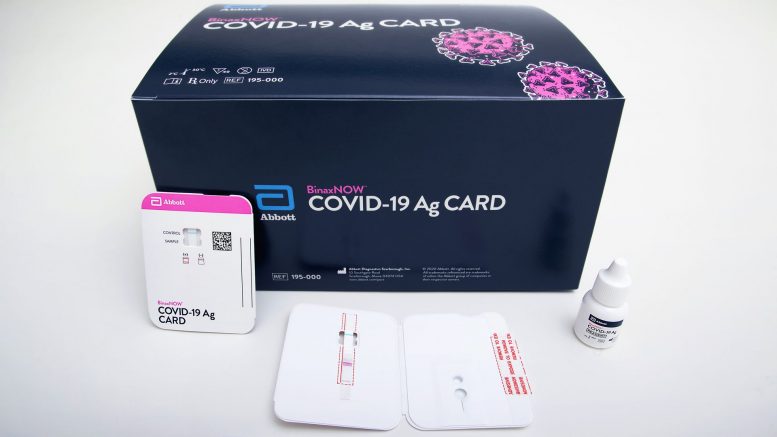Over the winter, there have been many new developments to the COVID-19 pandemic such as the introduction of a new Pfizer antiviral, new CDC guidelines, and government policies that hope to make testing equipment more available.
FDA Approves New Antivirals
On December 22, 2021, the FDA approved Pfizer’s oral antiviral Paxlovid for Emergency Use Authorization (EUA) for COVID-19 treatment, marking the first approved oral medication for mild to moderate COVID-19.
The next day, the FDA approved Merck’s Molnupiravir, another oral medication, for EUA as a treatment for mild to moderate COVID-19. Both of these medications have been shown to treat COVID-19 by preventing the virus from replicating.
Paxlovid is available for people 12 and up, while Molnupiravir is only available for adults 18 and up, due to potential risks for growth in children. These treatments are also recommended for those who may be at an increased risk for developing severe COVID-19.
It is recommended that both medications are both immediately started after diagnosis to properly inhibit the replication pathways. In addition, the FDA states that Molunpiravir is to be given when other treatments are unavailable or wouldn’t be helpful, meaning that Paxlovid is likely to become the primary prescribed antiviral.
In the context of COVID-19 treatment, this means that a new medication is available to those diagnosed with COVID-19 that can be taken at home via prescription, reducing the number of patients that have to visit a healthcare facility to receive treatment.
New CDC COVID-19 Guidelines
On December 27, 2021, the CDC announced an important update to the COVID-19 quarantine guidelines by shortening the time that someone was exposed to or diagnosed with COVID-19 from 10 to 5 days. The specificities of the guidelines are as follows:
- If you test positive for COVID-19, then you must quarantine for 5 days and wear a mask for 10 days.
- If you are exposed to COVID-19 and have been vaccinated (at most 6 months ago) or boosted recently you must mask for 10 days.
- If you are exposed to COVID-19 but have not been vaccinated or have had your vaccines 6 months ago or more, you should quarantine for 5 days.
According to the CDC, the reasoning for this change is that current evidence suggests that the transmission period for the Omicron variant is around 5 days. In addition to this, it has been an effort to get people back into the workforce sooner, if they have shown to have a negative COVID-19 test after 5 days.
Efforts to make Testing Availability
On January 14, the White House announced that it would begin to distribute free rapid COVID-19 tests to increase test availability. The Biden administration released a website to meet the need for free and accessible COVID-19 testing, with the ability to order 4 free COVID-19 rapid tests online and the ability to receive further support over the phone. It is also noted that it is suggested that once the government can procure more rapid tests, the program may expand.
Here is the link for the ordering site if your household/family is in need of rapid COVID-19 tests.
Other efforts include requiring private insurance companies to cover at-home rapid tests (8 tests per person in a household), which may further encourage those with private insurance to get regular testing, as well as increasing access to rapid tests in schools, establishing more testing sites, and continuing to support manufacturing efforts to produce more COVID-19 tests.






Be the first to comment on "Winter COVID-19 Update"